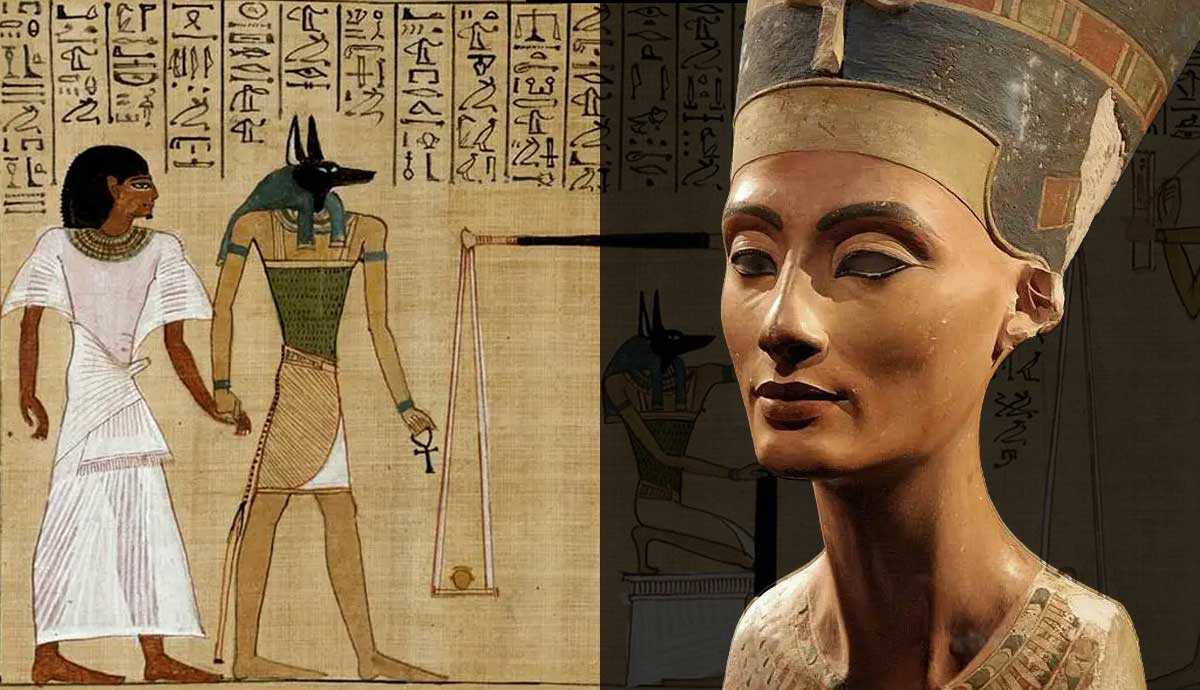
Ancient Egypt was one of humankind’s most fascinating civilizations, with a rich and diverse history spanning millennia. Many artefacts from this time have survived thousands of years, giving us a valuable insight into the people of the past. This vast and powerful kingdom produced monuments, buildings, tombs and more, along with wall paintings, jewelry, pottery, weapons and decorated boats. It is important to note, however, that their attitude towards art was significantly different from ours, performing a practical, ritualistic and spiritual role. In fact, Egyptologist Gay Robins observes, “As far as we know, ancient Egyptians had no word that corresponded exactly to our abstract use of the word ‘art.’” We take a look through some of the key facts about Egyptian art to learn more.
Egyptian Craftsmen Were Anonymous

Egyptian craftspeople were always anonymous. This was because art was purely practical, much like a craft object, rather than as an aesthetic object. For example, they believed statues contained the spirit of a god, while intricate charms and amulets were designed to ward off evil spirits. Meanwhile paintings that adorned tomb walls either illustrated scenes from a person’s life as an act of remembrance, or simulated the kind of life the deceased person inside hoped to live in the afterlife. Egyptians made tomb paintings, in particular, only for a private few, rather than an audience. While art did not play an aesthetic role, it still had special significance for the Egyptians, representing gods, spirits, and a deep connection with the afterlife.
They Placed Great Value on Symmetry

Order, symmetry and balance were fundamental concepts in Egyptian art. The concept of ma’at (harmony) was central in Egyptian civilization, and they achieved this quality through the art of symmetry. Moreover, the Egyptians saw the world in terms of dualities: male/female, dark/light, day/night, echoing the concept of mirroring. Egyptians also believed that the gods had designed the real world as a mirror-image of their own, and as such a dual balance was at the center of the universe. In practice, this meant Egyptians designed temples, constructions and sculptures in ordered, symmetrical designs, or designed to sit in matching, identical pairs.
Egyptian Art Only Documented the Lives of the Elite

The Egyptian art and artefacts we now see adorning the walls and cabinets of museums around the world are in fact only giving us a limited view of Egyptian society. That’s because it was only the elite, ruling upper classes who could afford to have their lives documented in works of art. So that means all the Egyptian tombs, tomb paintings, temples and literature that have survived through the centuries only relates to a small section of Egyptian society.
Early Egyptian Art Had a Uniform Style

During the Old Egyptian Kingdom of 2613 to 2181 BCE, the styles of art and design were largely uniform, showing little stylistic variation or individuality. Instead, they reflected the specific taste of the Egyptian capital at Memphis. Some key examples of the classic Old Kingdom style can be seen in the world renowned Pyramids of Giza, as well as the iconic Great Sphynx. In later centuries, artists and makers broke away from the prevalent Old Kingdom style, gradually developing their own distinctive regional styles that reflected the tastes and preferences of their home provinces.
Art from the Egyptian New Kingdom Is the Most Famous

Of all the cultural periods in the history of ancient Egypt, the New Kingdom is one of best-known and most celebrated. The art of this particular era can be identified by its increasingly sophisticated techniques, and close attention to detail. Among the many fascinating artefacts from this period in time are the death mask of Tutankhamun, and the famed bust of Queen Nefertiti made by Thutmose in 1345 BCE.










